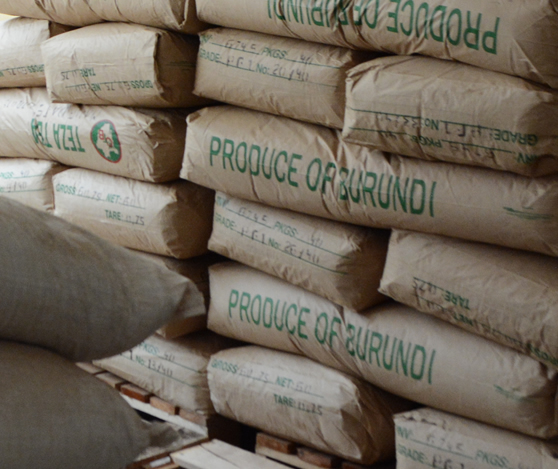
Economy datasets relate to everything about production, circulation, distribution and consumption of wealth (exchange rates, investments, GDP …) the sectors related to business or finance; and economic policies (investment, cooperation …).

Economy datasets relate to everything about production, circulation, distribution and consumption of wealth (exchange rates, investments, GDP …) the sectors related to business or finance; and economic policies (investment, cooperation …).
During its 32 years of service, Sosumo’s production quadrupled from 4,658 tonnes in 1988 to 20,436 tonnes in 2020. Despite this, production could not meet domestic demand and had to resort to imports. However, […]
The food inflation rate fell from -1.6 in January 2020 to 12.8 in February 2021.
Burundi’s inflation rate has not been uniform over the past 8 years. It was 7.9 in 2013, -0.8 in 2019 and 7.5 in 2021.
The establishment of the one-stop-shop for setting up businesses at API facilitated the process, which increased the number of registered businesses.
Telecommunications companies are exploiting the widespread use of mobile phones and providing digital financial services to their customers who were previously excluded from mainstream financial services.
Burundi’s growth rate was generally negative from 1993-2003 due to the war and in 2015 it fell from 8.1% from 4.1% in 2014 to -3.9% in 2015 due to the political crisis.
From 2018 to 2019, the growth rate curve was ascending for all EAC countries. With covid-19 in 2020, the curves were downward except for South Sudan. And, for the 2021 forecast, the growth rate […]
Burundi’s financial inclusion rate remains low despite progress, from 12.5% ??in 2012 to 21.47% in 2016. Burundi’s financial inclusion remains low despite advances as it has increased. from 12.5% ??in 2012 to 21.47% in […]
Banking institutions are unequally distributed over the territory of Burundi, in Bujumbura Town there are 11 against one in Mwaro.
The fees for maintaining a bank account in Burundi vary from one bank institution to another and vary between 1,500 and 6,500 BIF.